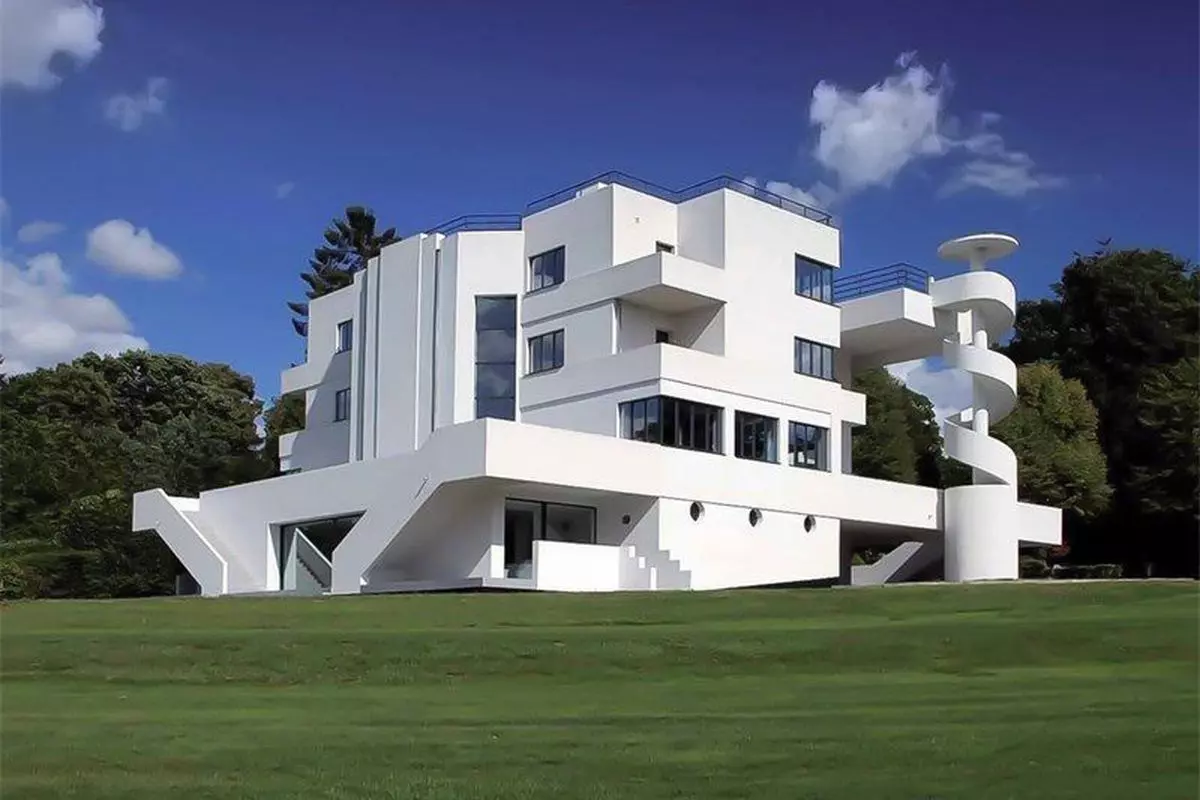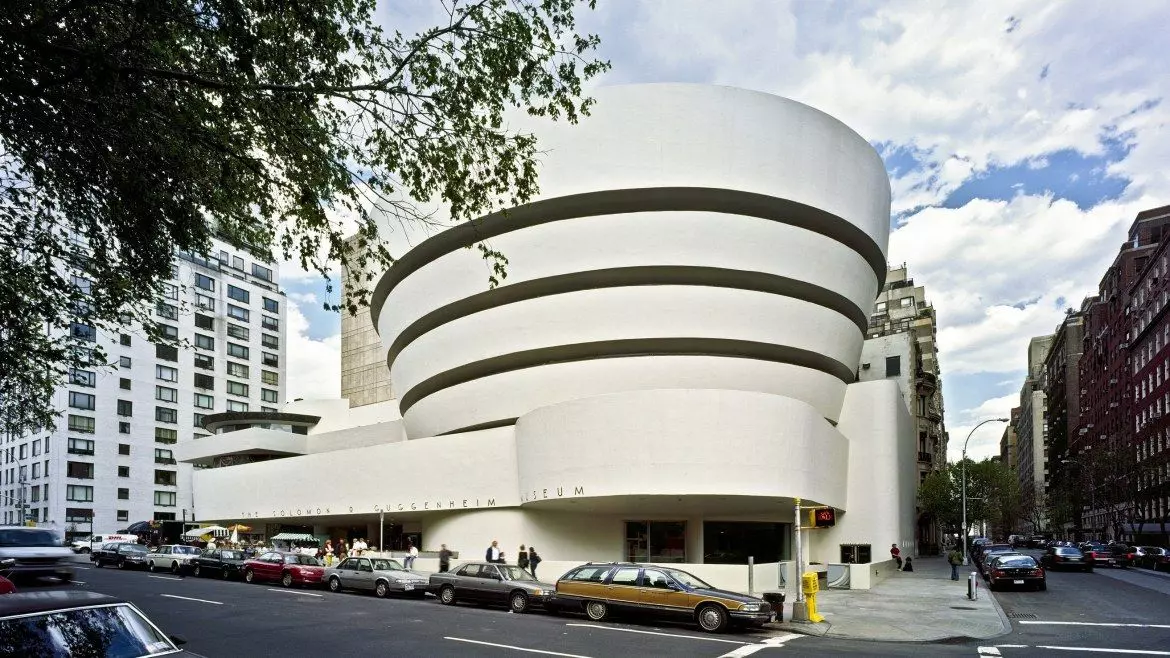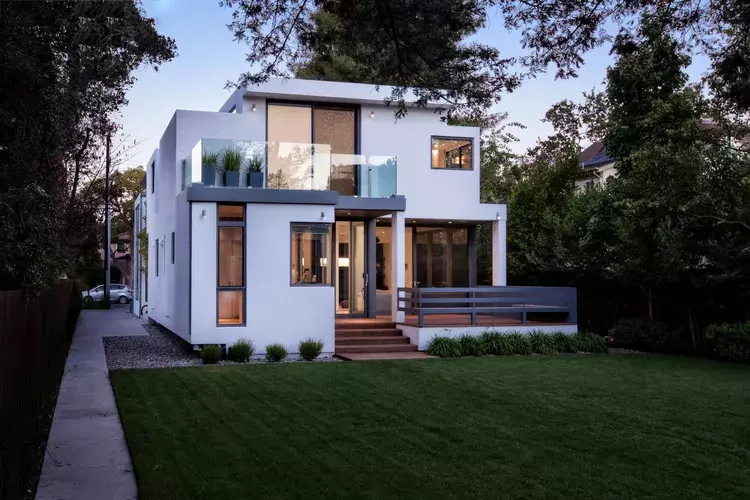When strolling through our cities and towns, it's hard not to be captivated by the striking, state-of-the-art structures that have emerged. One architectural style that has made a significant impact in recent times is modern architecture.
Modern architecture has revolutionized the building sector, from towering skyscrapers to minimalist homes. In this article, we will delve into the history, features, and examples of modern architecture, and explore why it has become so popular in recent years.
What Is Modern Architecture?
Modern architecture emerged in the mid-20th century as a response to the rapidly changing technological and social landscape. It signaled a radical departure from traditional styles that had prevailed for centuries. This architectural style emphasized minimalism, utility, and the integration of modern materials and technologies.
The International Style, which emerged in the 1920s and 1930s, is considered a major subcategory of modern architecture. Other modern architectural styles, including Expressionist, Constructivist, and Mid-Century Modern, evolved from 1930 to 1970.
Whether you are an architect, designer, or simply a lover of beautiful buildings, understanding the history and principles of modern architecture can deepen your appreciation for the structures that surround us.
History of Modern Architecture
In contrast to architectural styles that have existed for centuries, modern architecture is a relatively recent development. It was Louis Sullivan, an architect who worked on structures for the 1893 Chicago World's Fair, who is credited with initiating this idea. Frank Lloyd Wright and Le Corbusier are two other prominent figures in modern architecture.
Wright's Prairie houses were designed to harmonize with their surroundings, while Le Corbusier's brutalist style featured massive geometric shapes and exposed concrete. These architects played a pivotal role in shaping the modern architecture movement and establishing its fundamental characteristics.
Over time, modern architecture has evolved to incorporate more sustainable and energy-efficient materials and designs. Today, architects strive to create buildings that seamlessly blend into their environment while maintaining the aesthetic values of modernism.
Characteristics of Modern Architecture
Modern architecture is characterized by simplicity and functionality. It eschews intricate designs and flourishes, focusing instead on form and function. Here are some key characteristics of this architectural style:
1. Use of Industrial Materials
Modern architects often employ industrial materials such as metal, concrete, and glass in their designs. These materials offer a wide range of possibilities for creating functional and aesthetically pleasing buildings.
Steel, for example, provides durability and the ability to create large open spaces. Concrete is versatile and can serve both structural and decorative purposes. Glass allows natural light to flood buildings, creating a sense of transparency and openness.
2. Emphasis on Large Windows
In modern architecture, large windows have become a staple feature. They bring in natural light, seamlessly connecting indoor and outdoor spaces and providing breathtaking views. Such windows also promote energy efficiency while adding elegance and sophistication to a building.
3. Open Floor Plans
Open floor plans are a defining characteristic of modern architecture. By eliminating walls and connecting spaces, they create a sense of openness and communal living. This design fosters greater interaction between family members and guests and offers flexibility in space utilization.
4. Innovation and Creativity
Modernist architects strive to create beautiful and functional structures that meet the needs of their time. As such, they incorporate features such as open floor plans, large windows and sliding doors, asymmetrical forms, curved shapes, and a mix of materials into their designs.
Additionally, modern architecture seeks to push boundaries in terms of design and ideas. Architects also aim to positively impact society by producing energy-efficient, sustainable, and impactful buildings.
5. Minimalism in Design and Decor
Minimalism is a defining characteristic of modern architecture. It involves reducing forms, colors, and decorations to essential elements, focusing on functionality and simplicity. Clean lines, geometric shapes, and the use of industrial materials like steel, concrete, and glass are common in this aesthetic. Minimalism creates a sense of spaciousness and calm, making spaces feel larger and more open.
6. Sustainable Design Elements
Modern architecture often incorporates sustainable design elements to reduce energy consumption, improve air and water quality, and use environmentally friendly materials. Examples include optimizing natural light and heat from the sun, using energy-efficient windows and systems, implementing water conservation systems, and utilizing sustainable building materials.
7. Emphasis on Functionality and Practicality
Modern architecture prioritizes functionality and practicality. Its designs feature simple, clean lines, an absence of decorative elements, and a focus on efficient use of space. Buildings are easy to maintain and operate, with durable materials and efficient systems.
8. Integration of Technology
Modern architecture embraces technology, utilizing computer-aided design and other tools to optimize building design and construction. This approach allows for greater precision, efficiency, and the creation of complex and unique architectural forms.
Examples of Modern Architecture Around the World
Modern architecture can be found worldwide, from the United States to Japan and beyond. Here are some notable examples:
-
Villa Dirickz (Marcel Leborgne, Brussels, Belgium, 1933)
 Architect: Marcel Leborgne
Architect: Marcel Leborgne -
Amagansett Glass House (Kos Kevin O’Sullivan + Associates, Amagansett, New York, 2019)
 Architect: Kos Kevin O’Sullivan + Associates
Architect: Kos Kevin O’Sullivan + Associates -
Guggenheim Museum (Frank Lloyd Wright, New York City, USA, 1959)
 Architect: Frank Lloyd Wright
Architect: Frank Lloyd Wright -
San Marco Island (Sabal Development, Miami, Florida, USA, 2022)
 Architect: Sabal Development
Architect: Sabal Development -
Silicon Valley Home (Mary Maydan, Silicon Valley, California, USA, 2005)
 Architect: Mary Maydan
Architect: Mary Maydan
These examples represent just a fraction of the remarkable works created in the modern architecture style over the years.
Pros and Cons of Modern Architecture
Like any architectural style, modern architecture has its pros and cons. Some advantages include sleek and clean lines, innovative use of materials, energy efficiency, and a connection with nature. However, potential downsides include higher costs, a perceived lack of warmth compared to traditional designs, and the challenge of blending in with the surrounding aesthetic.
Common Materials Used in Modern Architecture
Modern architects employ a diverse range of materials to achieve their vision. Steel, glass, and reinforced concrete are commonly used due to their versatility and aesthetic appeal. The advent of computer-aided design has allowed for the creation of intricate spaces and complex curves. Sustainable building techniques, such as energy-efficient systems and natural lighting, have also become integral to modern architecture.
Conclusion
Modern architecture is synonymous with breaking conventions and fostering innovation. While some may not appreciate its asymmetry or the use of new materials, it's hard to deny the unique and eye-catching nature of this style. As we continue to push boundaries and embrace sustainable practices, modern architecture will undoubtedly shape the future of our built environment.

















